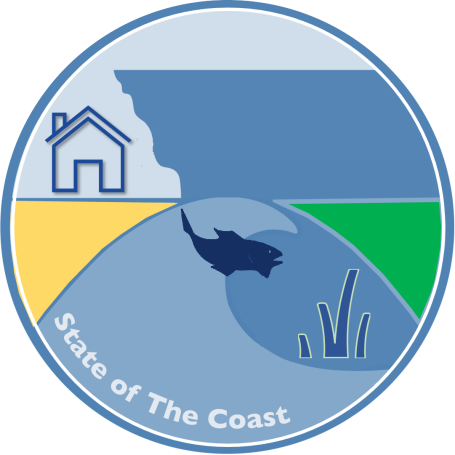Blue Shark (Prionace glauca)
Key Findings
Long, slender, and coloured a shimmering blue (Fig. 1), blue sharks visit Scottish waters in the summer months (Wildlife Trusts, n.d.). They can reach 3.8m in length, and tend to feed on small bony fish and cephalopods (like squids or octopus) (Scottish Government, 2011; Oceana, n.d.).
The Scottish Government (2011) reports a slight decline in the number of blue sharks recently, due to the significant overfishing pressure they face. Blue shark account for 60% of sharks caught globally and are the dominant species in both the fin and shark meat markets. In 2019 alone, more than 7 million blue sharks were caught in legal fishing operations (Oceana, 2022).
The blue shark reproductive cycle is quicker than many other shark species. Females mature at 5 years old, and birth 25-50 pups per litter (Oceana, n.d.). Despite this reproductive advantage, overexploitation is putting the species at risk, with it now listed by the IUCN as ‘Near Threatened’ (IUCN Red List, 2018).

Figure 1: (Lauren Smith, Saltwater Life UK) Blue Shark
Notes
Linked Information Sheets
Key sources of Information
Reviewed on/by
Status
Live. Next update due 22/11/25
To report errors, highlight new data, or discuss alternative interpretations, please complete the form below and we will aim to respond to you within 28 days
Contact us
Telephone: 07971149117
E-mail: ian.hay@stateofthecoast.scot
